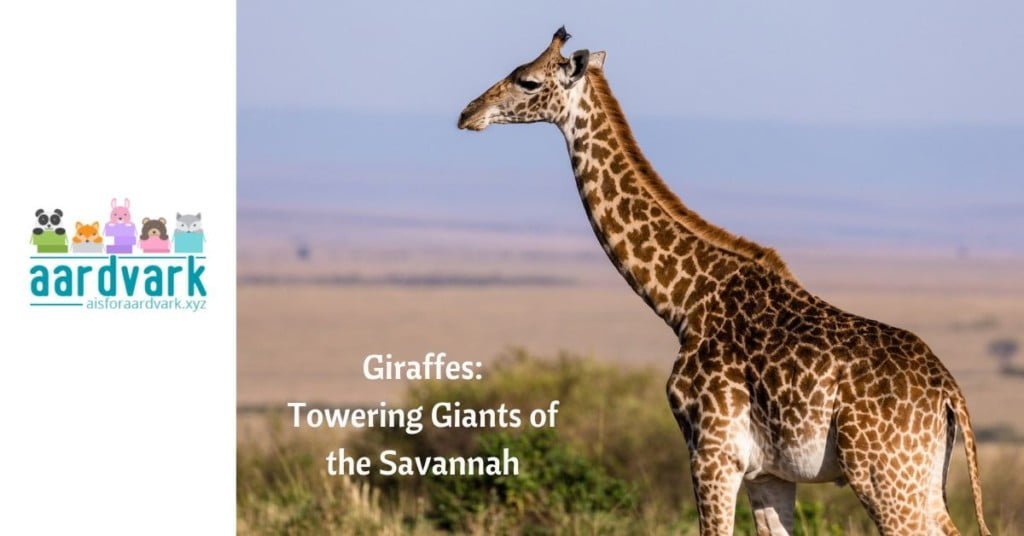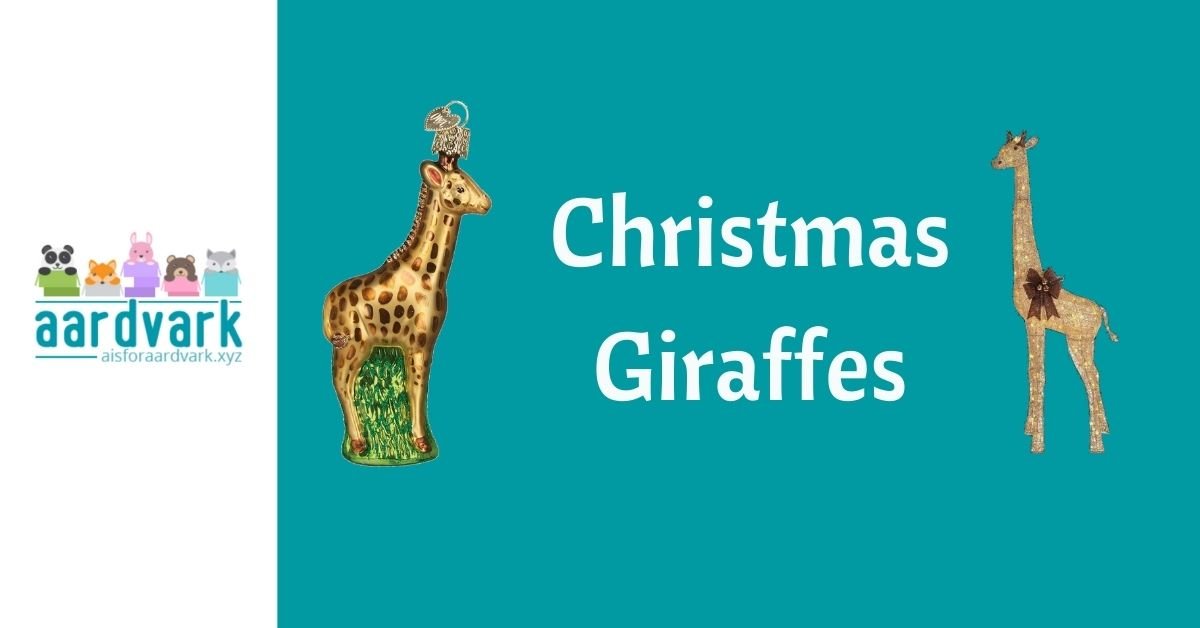Giraffes are more than just the world’s tallest land animals; they are intricate beings that have adapted to their unique environment in fascinating ways. With their distinctive appearance and remarkable behaviors, giraffes hold a special place in the animal kingdom.
In this short article, we’ll delve into the basic information about these gentle giants and unravel the complexities that make them such intriguing inhabitants of the African wilderness.
Appearance and Size
Giraffes are renowned for their towering stature and distinctive spotted coats, making them instantly recognizable in the African landscape.
Height and Body Structure
Giraffes stand as the tallest land animals, with the average height ranging from 16 to 18 feet. Their long necks, which can measure up to six feet, and legs allow them to reach high branches for their primary food source—leaves from trees. They can weigh up to around 4200 pounds.
Even a newborn giraffe measures about 6 feet tall and weighs 150 pounds!
Despite their height, giraffes have only seven neck vertebrae, the same number as most mammals, a testament to the marvel of evolutionary adaptations.
Coat Patterns
The coat of a giraffe features irregularly shaped spots, and the pattern varies among different subspecies. The reticulated giraffe, found in East Africa, showcases a net-like pattern of sharp-edged spots, while the Masai giraffe exhibits jagged, vine-like spots.
These distinct coat patterns serve as both camouflage and a means of individual identification within a tower.
Ossicones
Both male and female giraffes possess horn-like structures called ossicones on their heads. While ossicones are present from birth, they become more prominent as the giraffe matures. Male ossicones are usually bald on top, having been worn smooth through years of sparring, while females retain tufts of hair on theirs.
Lifespan and Social Structure
Giraffes have a lifespan of around 20 to 25 years in the wild. They are social animals that live in loose groups, called towers, and exhibit intricate behaviors that contribute to their survival and social cohesion.
Communication
While not known for their vocalizations, giraffes communicate through various means, including infrasound—low-frequency sounds that travel over long distances. They also use body language, such as necking, a behavior where males engage in gentle sparring to establish dominance or during courtship.
Mating and Birth
Giraffes engage in complex courtship behaviors, with males vying for the attention of females through displays of strength and dominance. The act of necking, where males use their long necks to engage in a ritualized form of combat, is a fascinating aspect of giraffe courtship.
Female giraffes give birth to a single calf after a 15-month gestation period, and within hours, the newborn is already capable of standing and walking.
Habitat and Range
Giraffes inhabit the open savannahs and woodlands of Africa, where they can browse on a variety of trees and shrubs. They are found in several countries across the continent, each subspecies adapted to its specific environment.
Geographic Distribution
Giraffe species are distributed across different regions of Africa, from the savannahs of East Africa to the woodlands of Southern Africa. The northern giraffe, including the reticulated and Masai giraffes, is found in East Africa, while the southern giraffe inhabits regions further south.
Adaptations to Habitat
Giraffes have evolved to thrive in diverse ecosystems, utilizing their long necks to feed on acacia and other tall trees. Their specialized tongue, which can reach up to 18 inches, allows them to pluck leaves from thorny branches without sustaining injuries.
Feeding Habits
As herbivores, giraffes primarily feed on leaves, buds, and shoots from acacia and other tall trees. Their long necks and prehensile tongues enable them to reach high branches that other herbivores cannot access.
Selective Feeding
Giraffes are selective browsers, choosing leaves with higher nutritional content. This feeding strategy allows them to thrive in areas where food resources might be scarce, contributing to their adaptability to different habitats.
Water Requirements
Surprisingly, giraffes can go without drinking water for extended periods. They obtain much of their hydration from the moisture content of the leaves they consume.
However, they will drink water when it is available, another sign of how they’ve adapted to their environment.
Conservation Challenges
While giraffes are not currently listed as endangered, they face conservation challenges that warrant attention and action.
Habitat Loss
One of the primary threats to giraffe populations is habitat loss due to human activities such as agriculture, logging, and infrastructure development. As their natural habitats shrink, giraffes face increased competition for resources and fragmentation of their populations.
Poaching and Human-Wildlife Conflict
While not as severely affected as some other African species, giraffes still fall victim to poaching for their meat and hides. Additionally, human-wildlife conflict poses a threat as giraffes come into contact with agricultural areas, leading to conflicts with local communities.
Giraffes are extraordinary creatures that play a vital role in the biodiversity of the African savannah. Their remarkable features, from long necks to spotted coats, make them a subject of fascination for wildlife enthusiasts and researchers alike. The ongoing efforts to address conservation challenges will be crucial in preserving the unique and awe-inspiring presence of giraffes in the wild.






